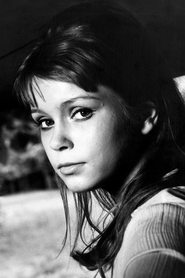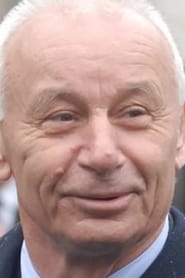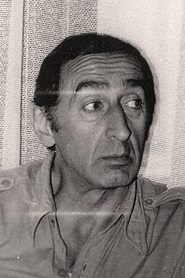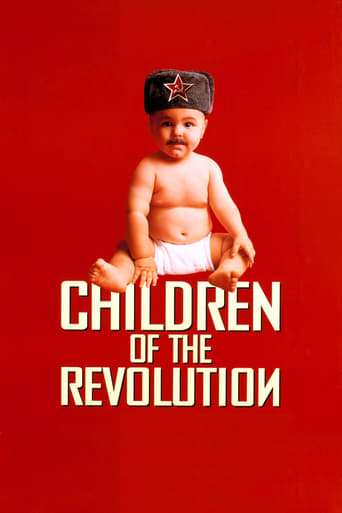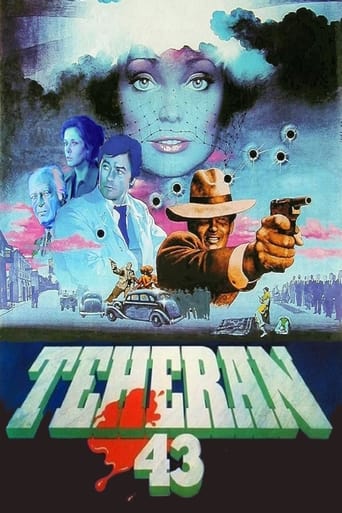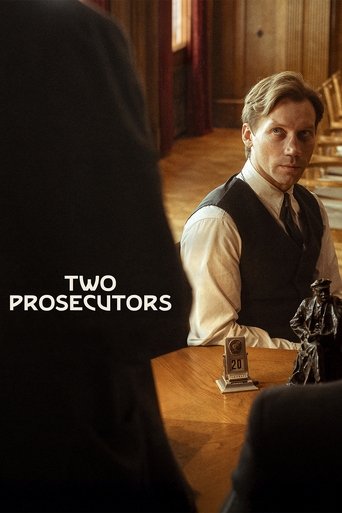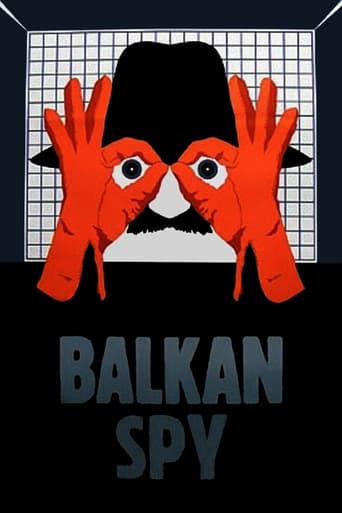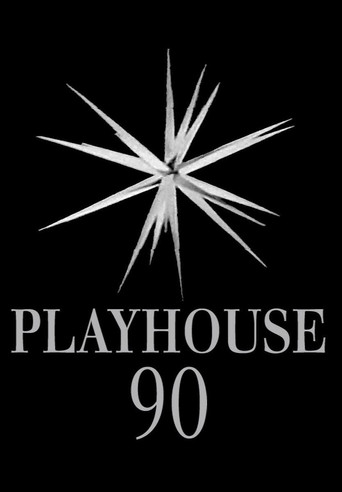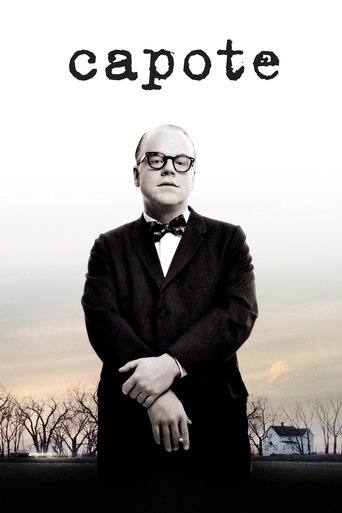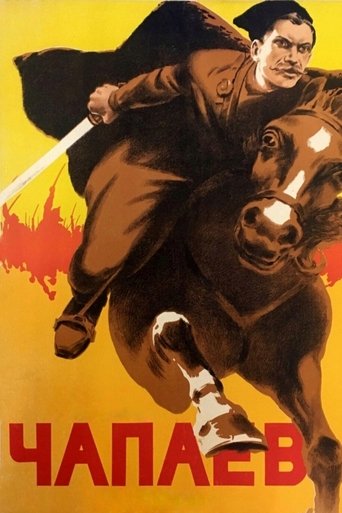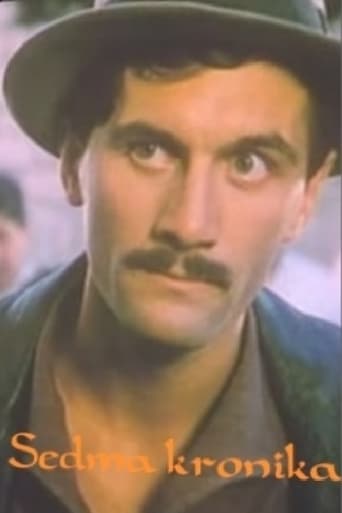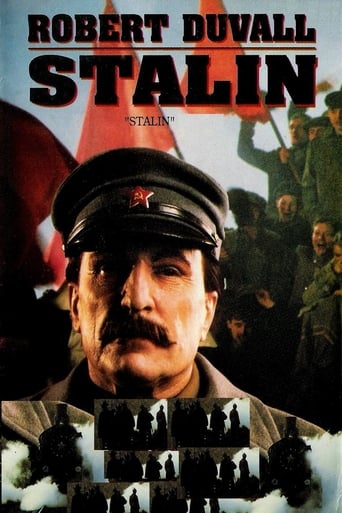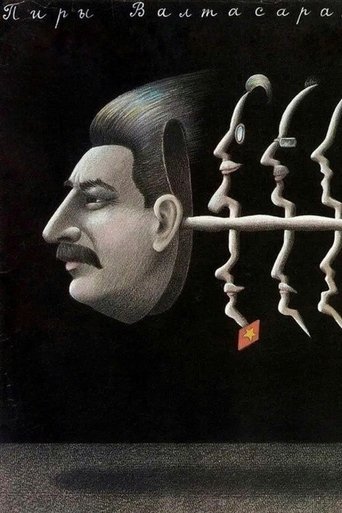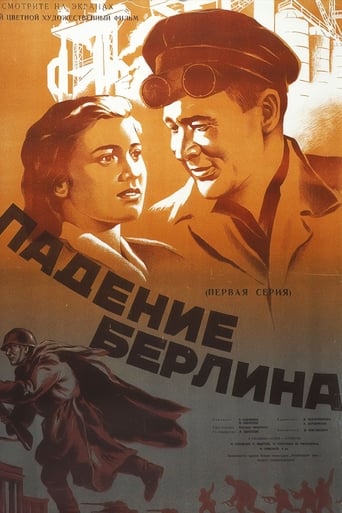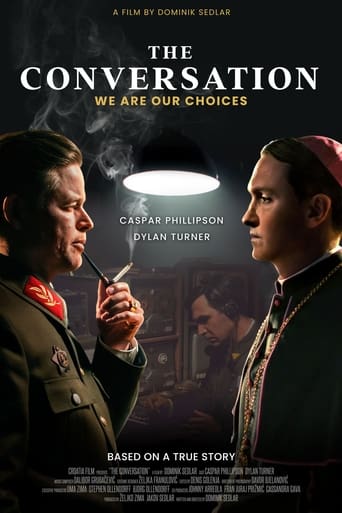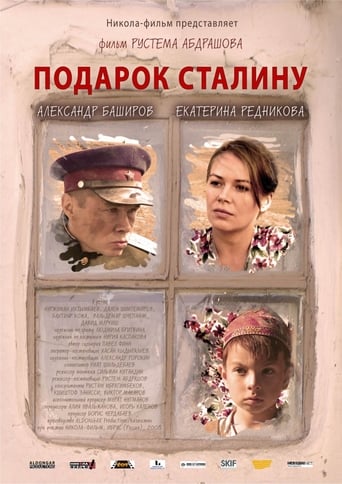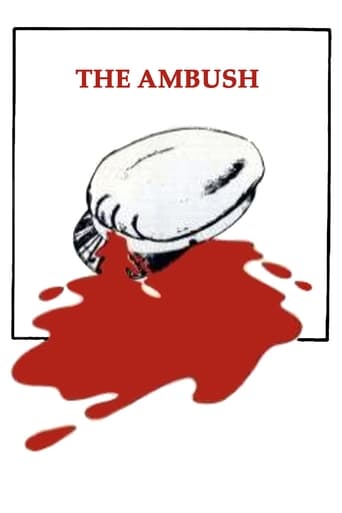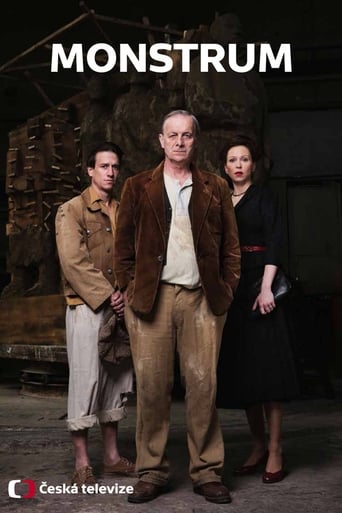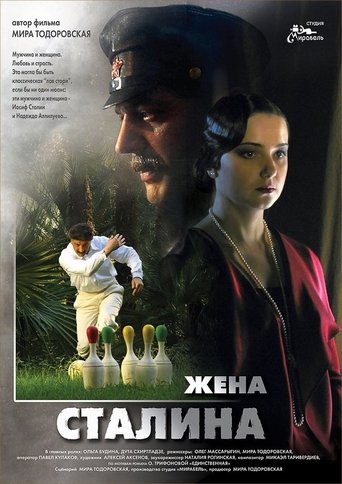
07 Nov 2006

Stalin's Wife
A historical drama about the tragic fate of Nadezhda Alliluyeva, a woman who remained in the shadow of her husband Joseph Stalin. In 1918, 16-year-old Nadezhda married 38-year-old Joseph Stalin, a close friend of the Alliluyev family. The love of Nadezhda and Joseph develops against the backdrop of important historical events - revolutions, wars, arrests, and every year Stalin seizes more and more power. Realizing the terrible essence of her beloved husband, Nadezhda still remains faithful to him. But how long can she withstand this struggle with herself?


